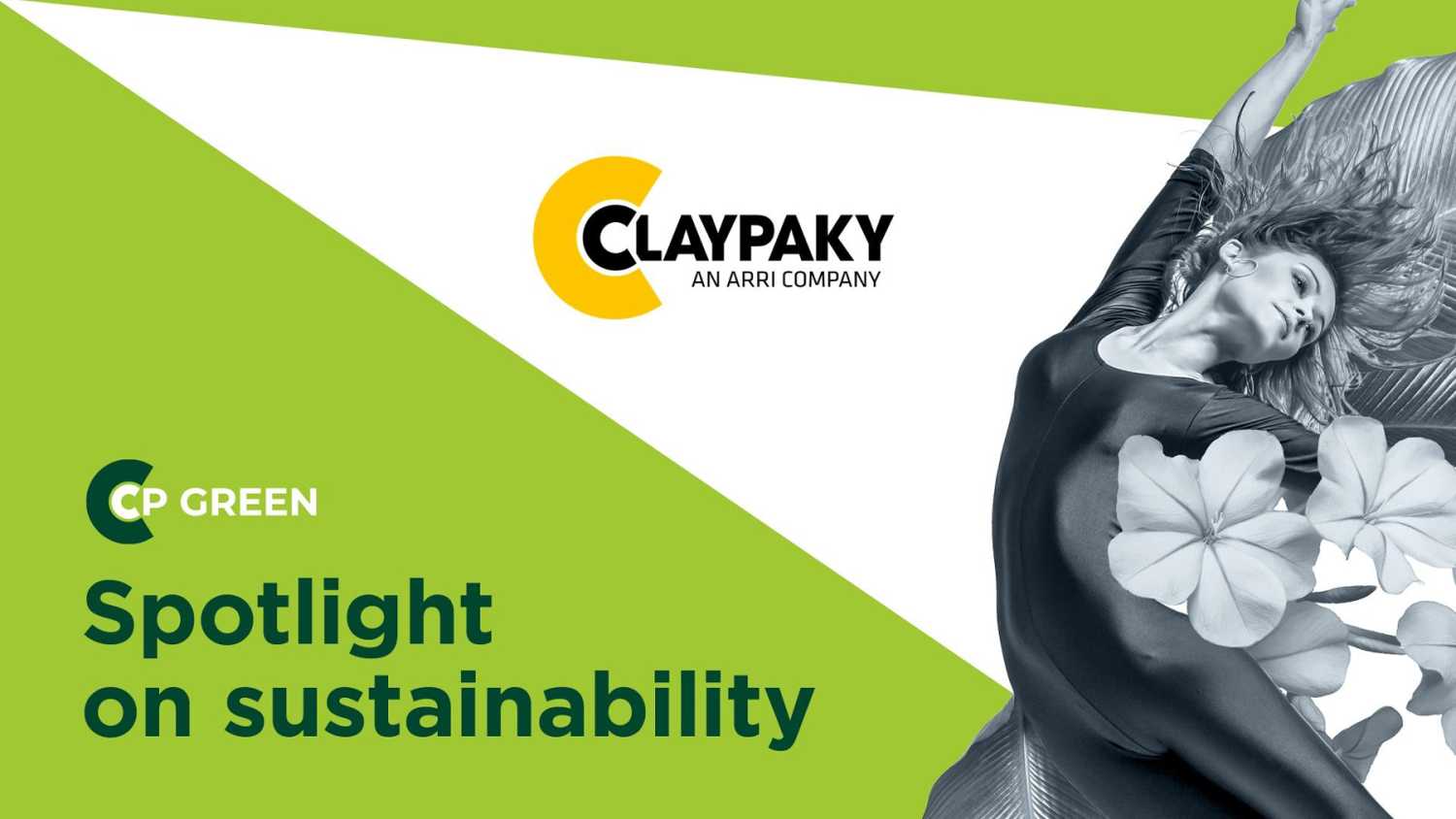Claypaky looks towards a greener future
- Details

The main objective of the project is reducing Claypaky’s impact on climate change and mitigating greenhouse gas (GHG) emissions. To achieve this goal, the first and most important step is calculating GHG emissions, since it is not possible to improve what is not measured. For this reason, for the second consecutive year Claypaky obtained in November 2023 the ISO 14064 certification, which calculates impact on climate change at the organizational level for the year 2022.
This study, performed with the support of Spinlife, spin-off of the University of Padova, has been carried out with a “cradle to grave” approach analysing all direct and indirect emissions. This organisational carbon footprint assessment allows Claypaky to understand where the environmental hot-spots are and to define concrete actions to reduce its impact on climate change. The result of this analysis will also permit updating the carbon management plan established in 2022 (created according to data of the ISO 14064 study of the year 2021) and delineating a more precise and realistic GHG emission reduction strategy.
With this in mind, Claypaky has already started implementing some of the GHG mitigation activities established by the carbon management plan of last year.
Claypaky has reduced the consumption of methane thanks to a new Building Management Control Scheme, which monitors and improves fuel consumption at Claypaky’s production plant.
The company has purchased 100% of its electricity from certified renewable sources. Claypaky plans to install a photovoltaic system capable of generating all the electricity needed for its operations. This initiative will begin as soon as the Italian government provides approval for state funding.
It has converted its internal combustion engine car fleet to full electric vehicles. The new fleet is powered by renewable energy.
Product design and components have been improved to make them more energy efficient. Consequently, Claypaky now significantly cuts emissions from the use phase. This result was achieved by converting the fixtures fleet to more efficient products by innovation and the use of superior raw materials (e.g., high-class lenses, highly efficient LEDs, and lasers).
A significant result already has been achieved by creating a more accurate analysis of the supply chain. Claypaky created an enhanced system for raw materials analysis and classification to better track the emissions generated by resources usage. Suppliers of raw materials and outsourced finished products were also involved to collect more solid data about their operations. These activities enabled Claypaky to improve calculation of upstream GHG emissions.
Performed training that targets GHG managers who will track data continuously over the years.
As a result of all these initiatives, Claypaky has not only started to substantially reduce its carbon footprint but also begun to better monitor and improve its environmental performance and play a more significant role in the global fight against climate change.
















